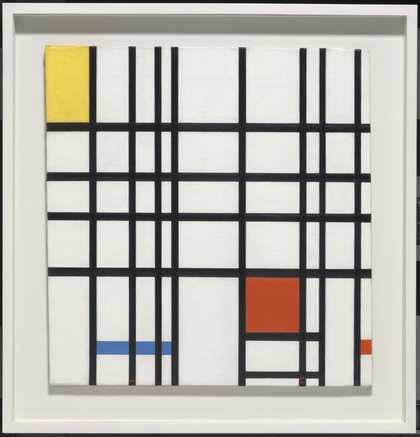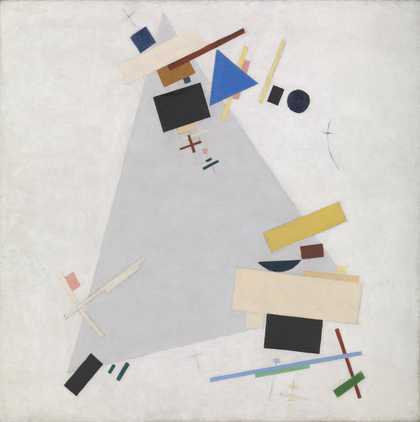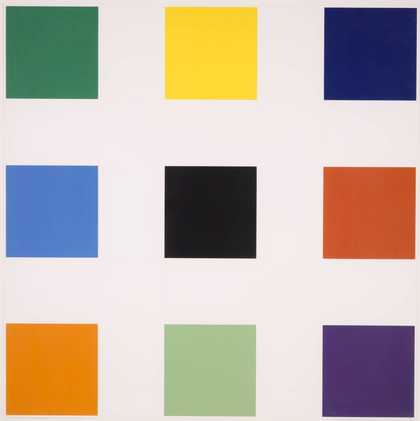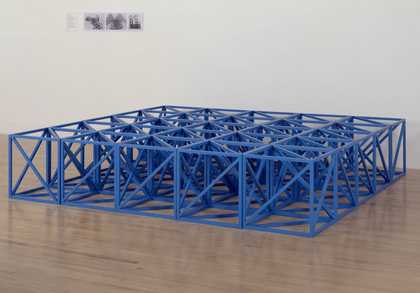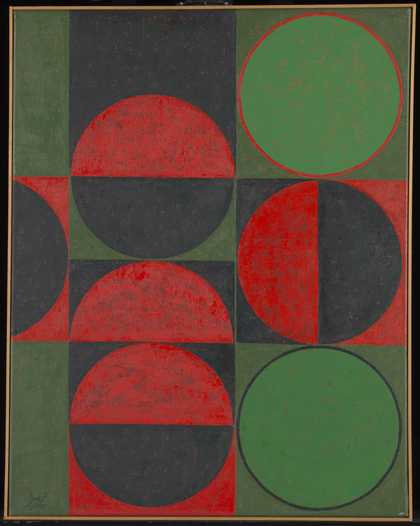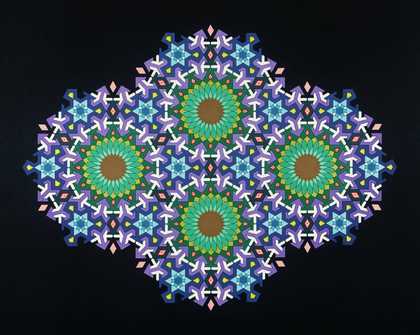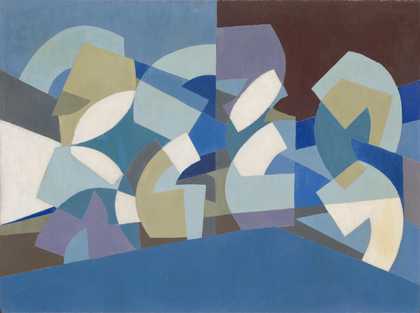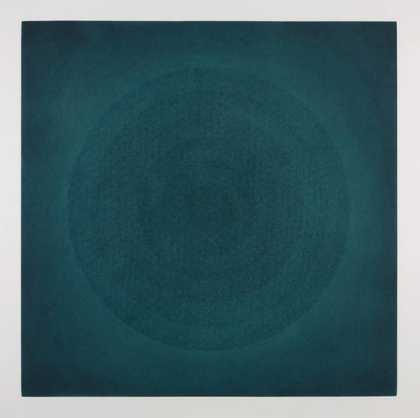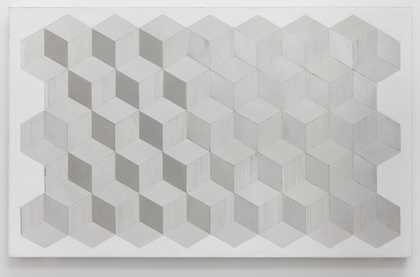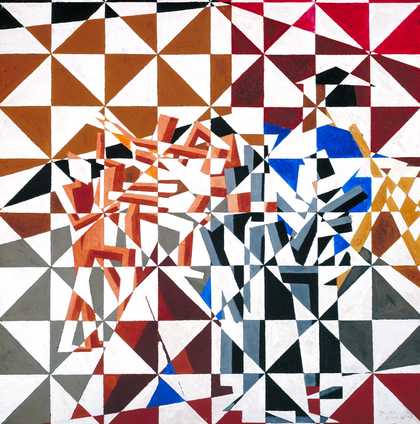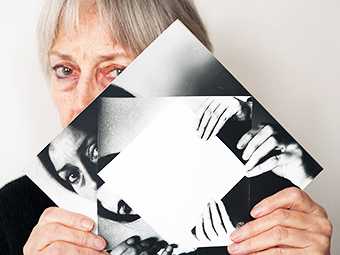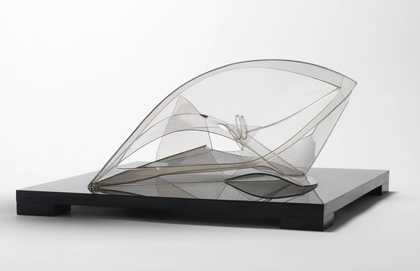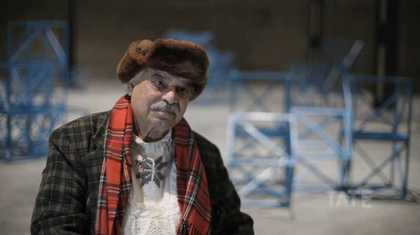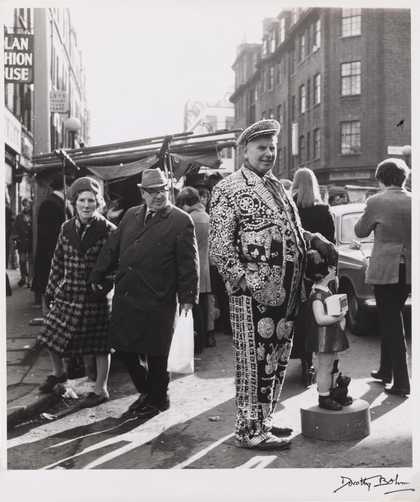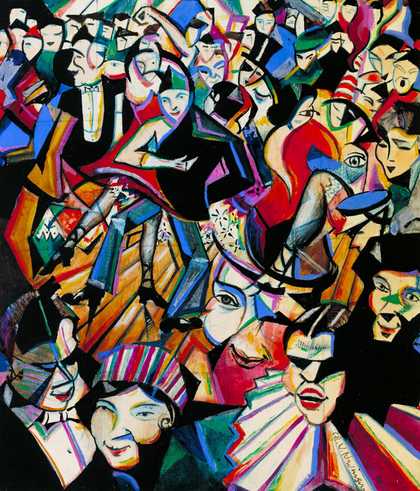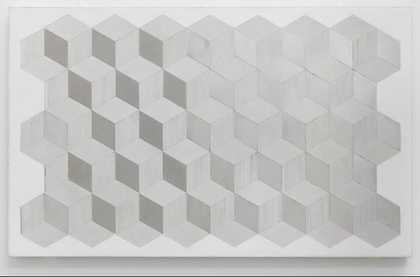
Monir Shahroudy Farmanfarmaian
Untitled (1976)
Tate
Geometric Abstraction
Geometry is studying the relationships between lines, angles, and surfaces. In art, artists have often used regular shapes. This means shapes that you can measure and plot, and that have equal internal angles. (You’ve probably learnt all this in maths).
Many artists have made artworks that don’t represent the world around them from these shapes. Some European artists thought these regular geometric shapes were ‘pure’ forms.
Geometric and repeating patterns are traditional in Islamic art. Many contemporary artists are inspired by their traditional art training. Others come to the traditional crafts of tessellation and repetition later.
Folding, cutting and sticking
Many artists use collage to arrange their geometric shapes. Folding paper or other materials creates new shapes out of flat planes. Cutting straight lines into a plate for a print can also create texture from geometry. You can also stick 3D shapes together to bring geometry off the flat paper or canvas.
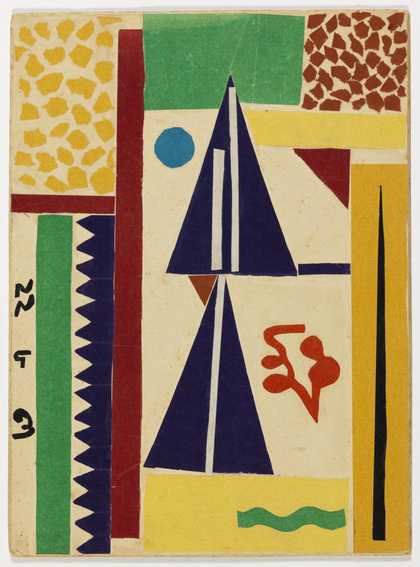
Benode Behari Mukherjee
Two Triangles (1957)
Tate
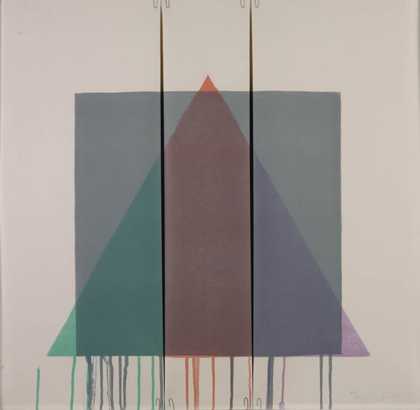
Richard Smith
Triangles (1978)
Tate
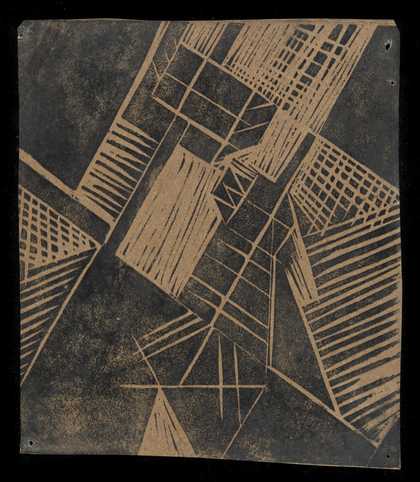
Felicia Browne
Untitled abstract [linocut] print of geometric shapes ()
Tate Archive
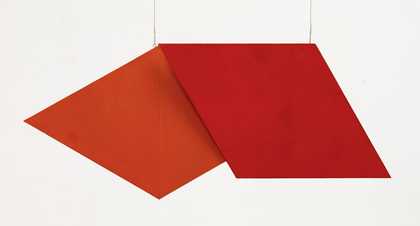
Hélio Oiticica
Spatial Relief (red) REL 036 (1959)
Tate
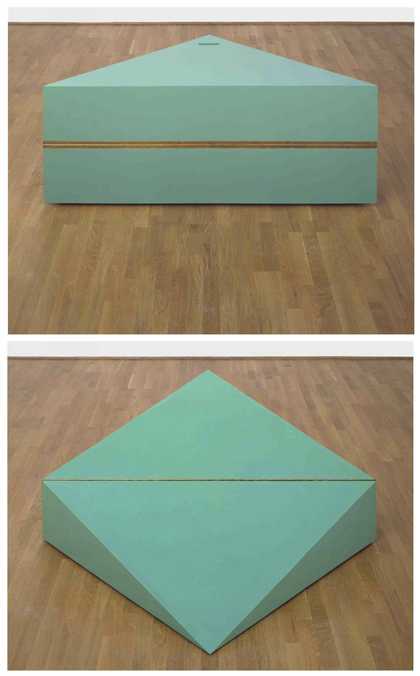
Sir Michael Craig-Martin
Half-Box (Green) (1968)
Tate
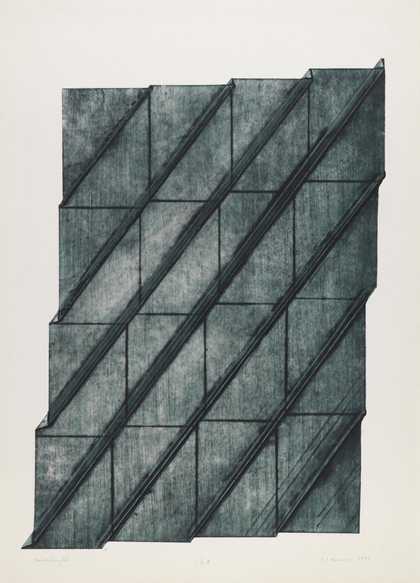
Dóra Maurer
Seven Foldings (1975, published 1978)
Tate
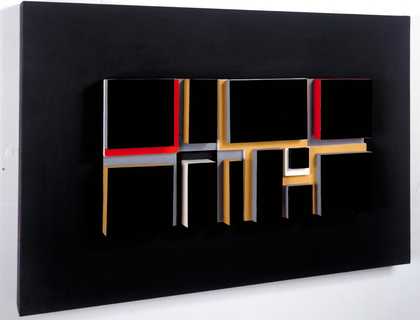
Mary Martin
Black Relief (1957–c.66)
Tate

Valerie Large
Space Cut (1973)
Tate
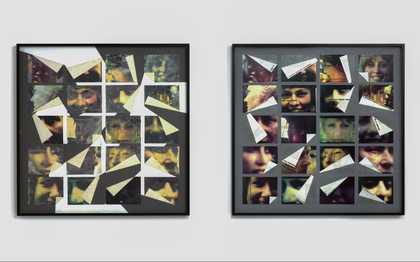
Marie Yates
Image/woman/text (1979)
Tate
Geometric figures
When we first start drawing, we often create figures from shapes – circles for heads, rectangles for legs, triangular bodies. Many artists have refined this to create figures from geometric shapes. And it’s not just human figures. Constantin Brancusi manages to suggest a fish or a bird with the simplest smooth shape.
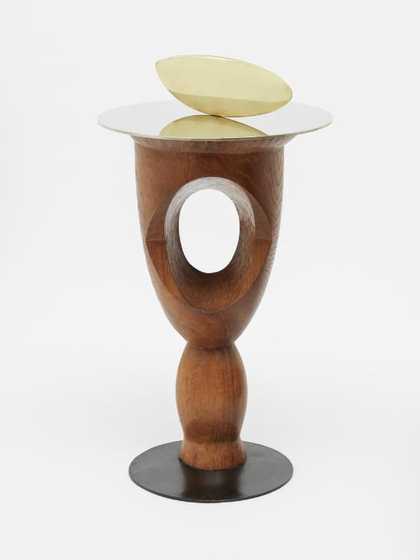
Constantin Brancusi
Fish (1926)
Tate
© Succession Brancusi – All rights reserved. ADAGP, Paris and DACS, London 2025.
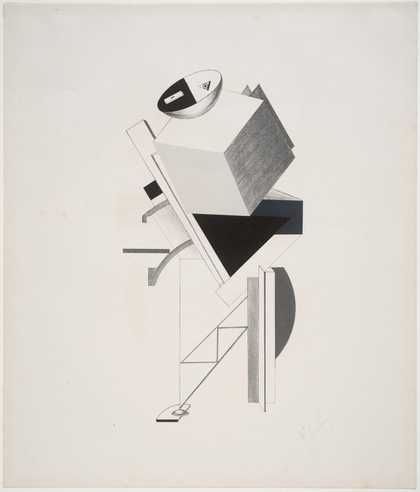
El Lissitzky
3. Sentry (1923)
Tate

El Lissitzky
7. Troublemaker (1923)
Tate
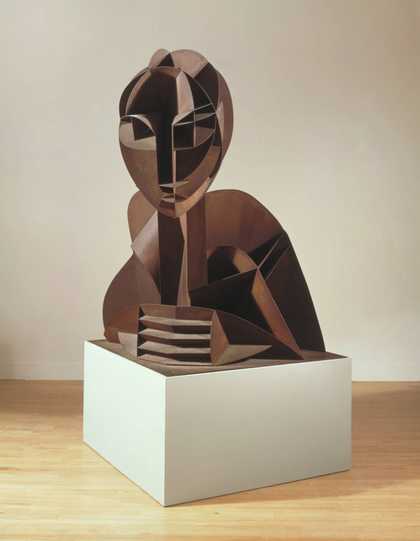
Naum Gabo
Head No. 2 (1916, enlarged version 1964)
Tate
The Work of Naum Gabo © Nina & Graham Williams / Tate, London 2023
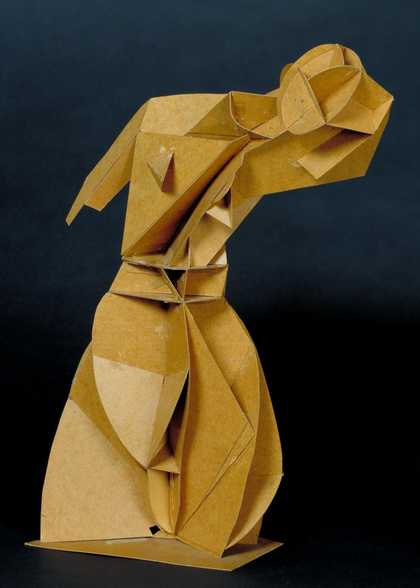
Naum Gabo
Model for ‘Constructed Torso’ (1917, reassembled 1981)
Tate
The Work of Naum Gabo © Nina & Graham Williams / Tate, London 2023
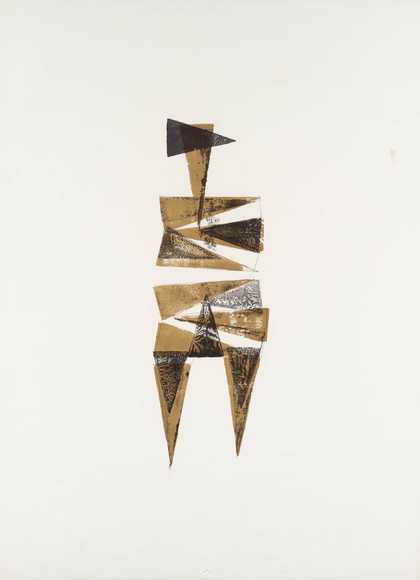
Lynn Chadwick
Figure I (1966)
Tate
© The estate of Lynn Chadwick. All Rights Reserved 2020 / Bridgeman Images
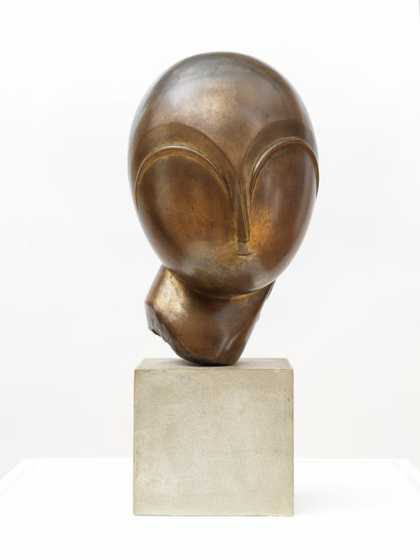
Constantin Brancusi
Danaïde (c.1918)
Tate
© Succession Brancusi – All rights reserved. ADAGP, Paris and DACS, London 2025.

Felix Gonzalez-Torres
“Untitled” (Double Portrait) (1991)
Tate
© The Felix Gonzalez-Torres Foundation, Courtesy Andrea Rosen Gallery, New York

Lygia Clark
Creature-Maquette (320) (1964)
Tate
Geometric illusions
Sometimes using a repeating shape or line can play tricks on our eyes and brains. Some art works seem to shimmer and vibrate like Bridget Riley’s black and white Op Art works.
Other artworks can use colour and shape to make you feel as if the flat surface is receding into space, or hovering above the picture frame. Josef Albers made hundreds of compositions using squares set inside each other. The different colours and size relationships mean every work feels completely different.
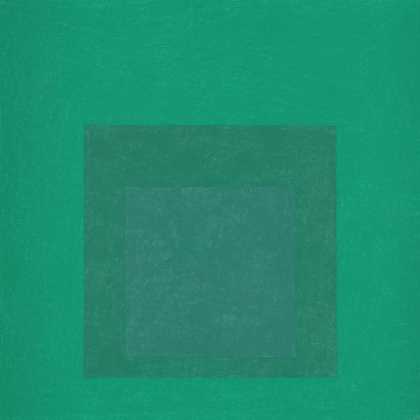
Josef Albers
Study for Homage to the Square (1964)
Tate
© 2025 The Josef and Anni Albers Foundation/Artists Rights Society (ARS), New York/DACS, London
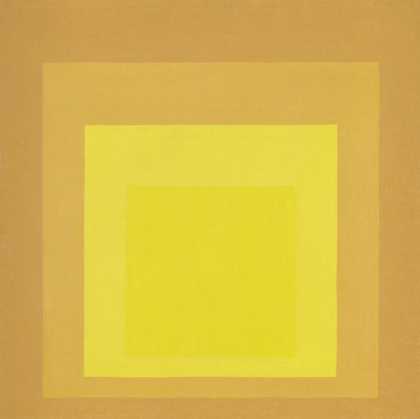
Josef Albers
Study for Homage to the Square: Departing in Yellow (1964)
Tate
© 2025 The Josef and Anni Albers Foundation/Artists Rights Society (ARS), New York/DACS, London
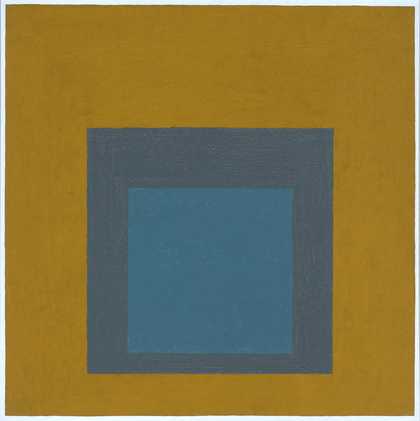
Josef Albers
Study for Homage to the Square (1963)
Tate
© 2025 The Josef and Anni Albers Foundation/Artists Rights Society (ARS), New York/DACS, London
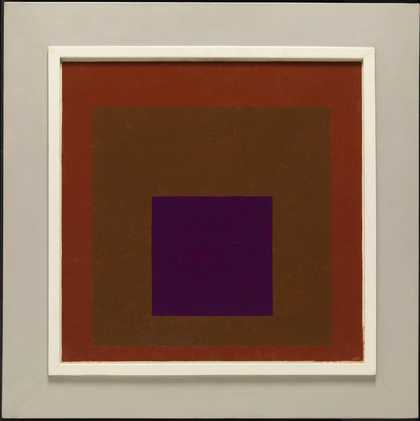
Josef Albers
Homage to the Square: Study for Nocturne (1951)
Tate
© 2025 The Josef and Anni Albers Foundation/Artists Rights Society (ARS), New York/DACS, London
More Geometric illusions
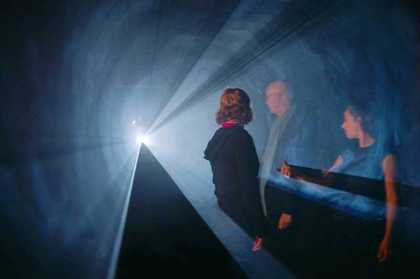
Anthony McCall
Line Describing a Cone (1973)
Tate
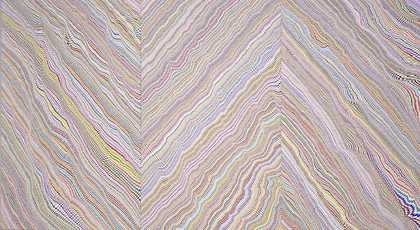
Peter Davies
Small Touching Squares Painting (1998)
Tate
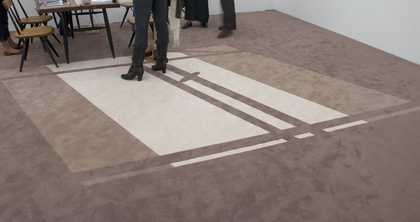
Philippe Parreno
6.00 PM (2000–6)
Tate
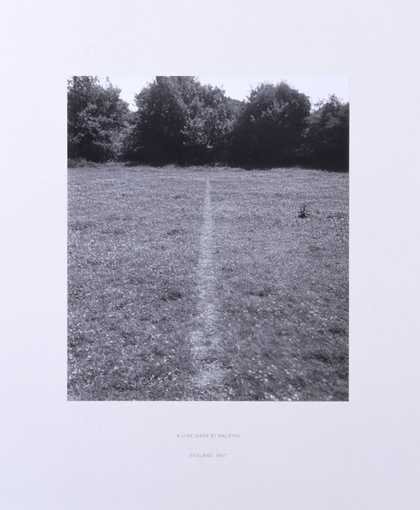
Richard Long CBE
A Line Made by Walking (1967)
Tate
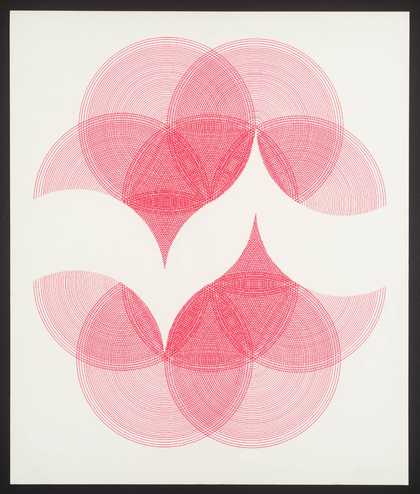
Mauro Kunst
Untitled (1970)
Tate
Have a go!
Make your own illusion
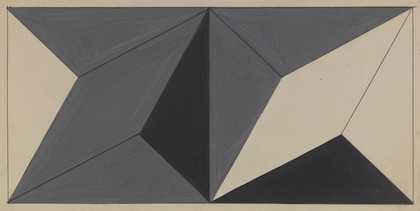
Lygia Clark
Planes on Modulated Surface (Study) (61) (1957)
Tate
Brazilian artist Lygia Clark managed to make a simple geometric line drawing appear to fold. Just by using black, grey and white, she tricks our brain into seeing the shapes rise and fall
- Make a composition from some simple repeating line shapes. Make them fit together without gaps (tessellate). Use a ruler to measure and a set square or protractor to make sure you get the same angles in your repeating shapes. Use a compass if you want circular or curved shapes.
- Make more than one version of your line composition, so you can experiment with them.
- Use different materials and colours to colour your compositions. Put dark colours on some shapes and light colours on others. How does this change the visual relationship of the shapes?
- Can you make some shapes recede and others come forward? Do your shapes start to suggest anything?

